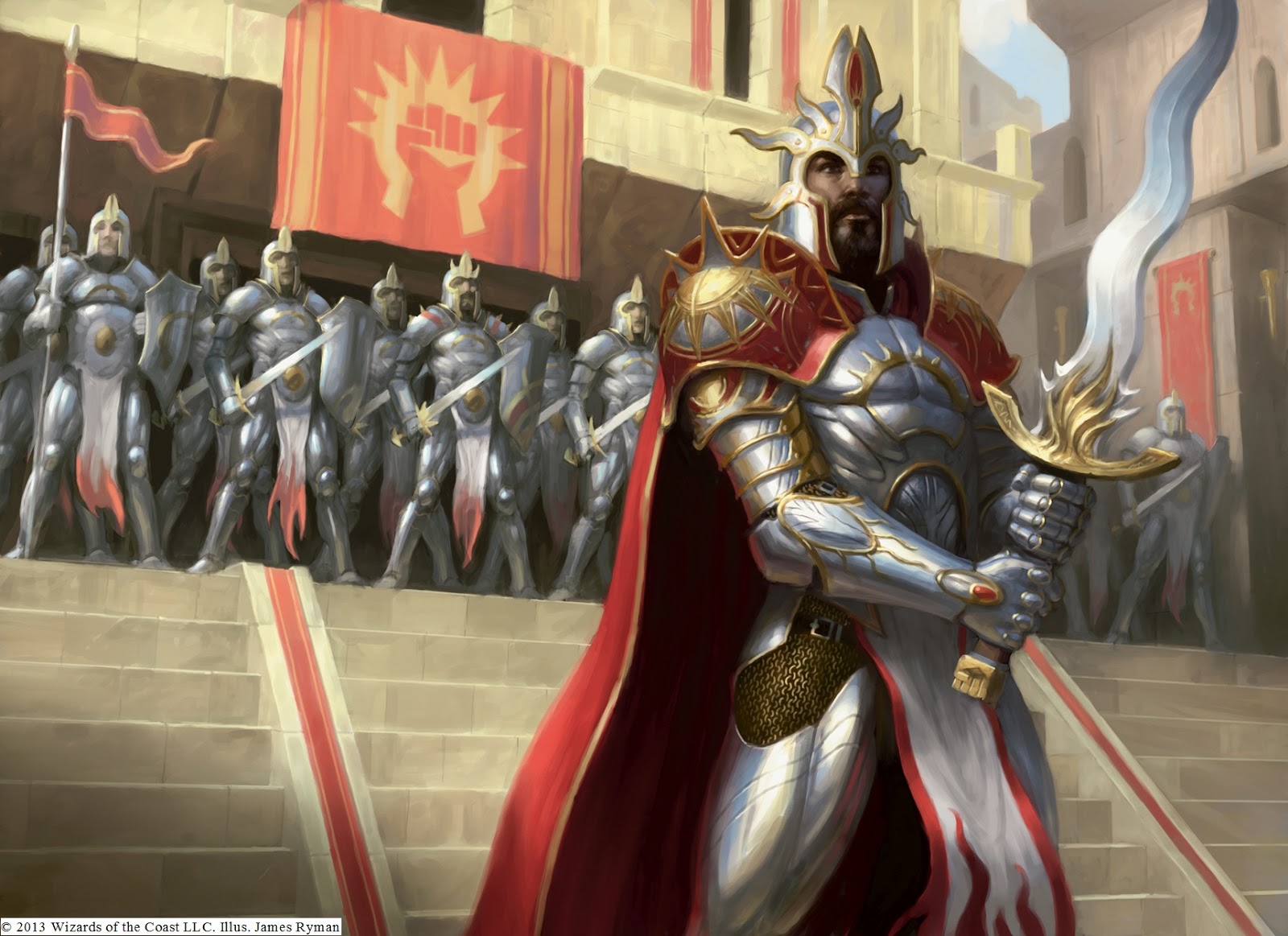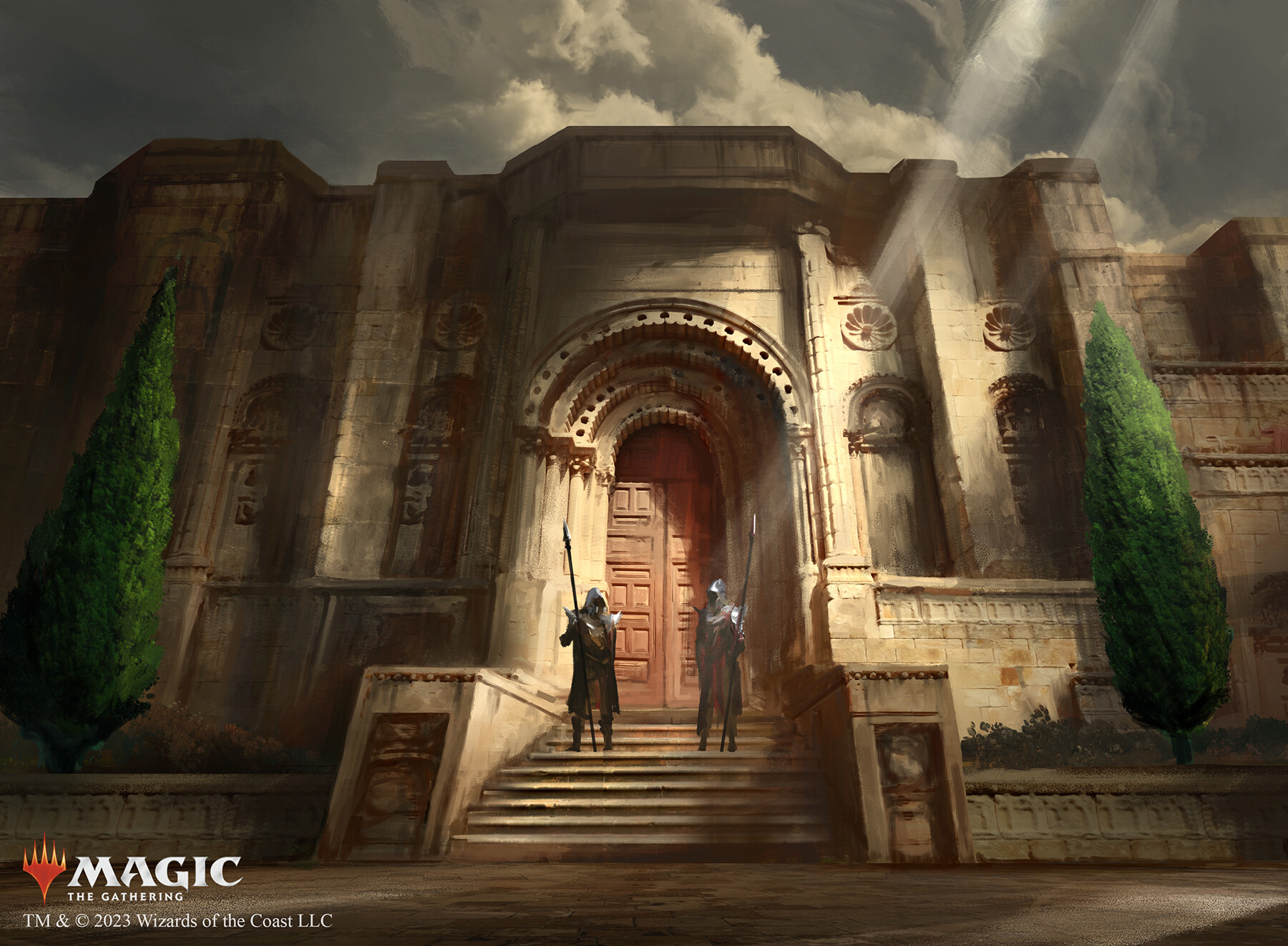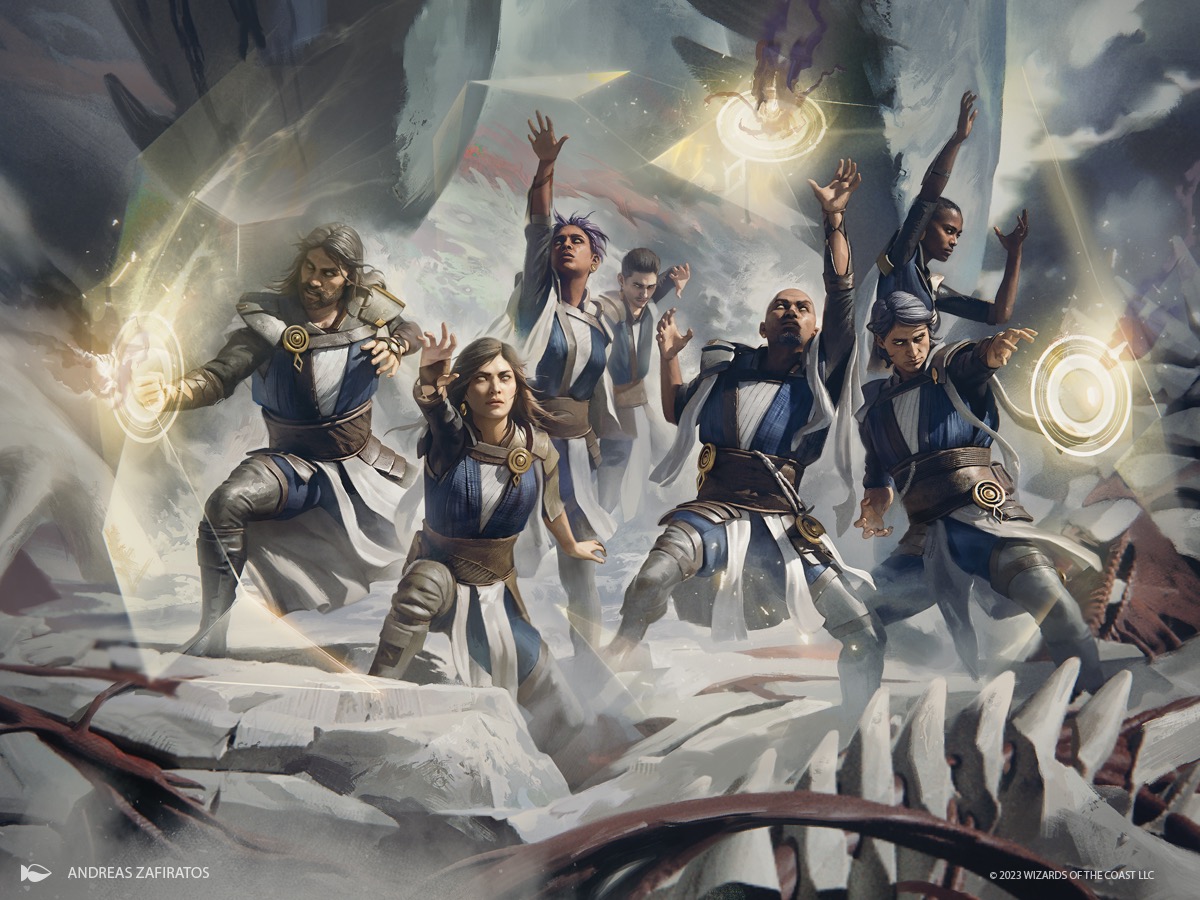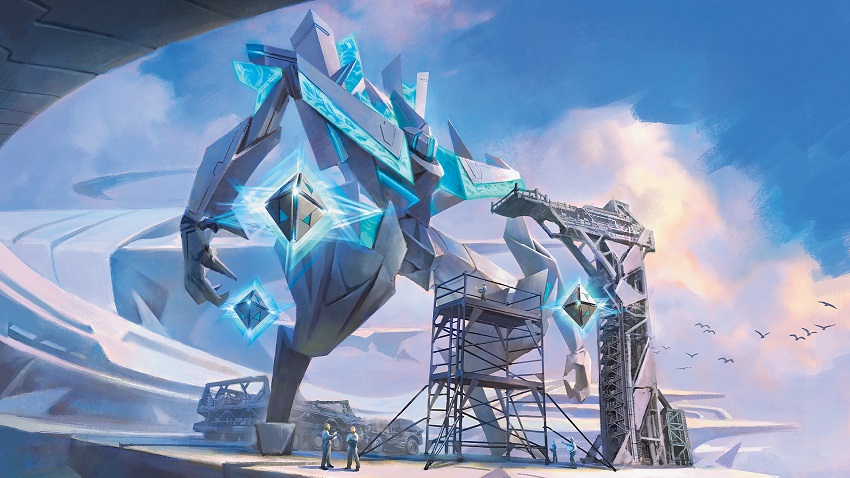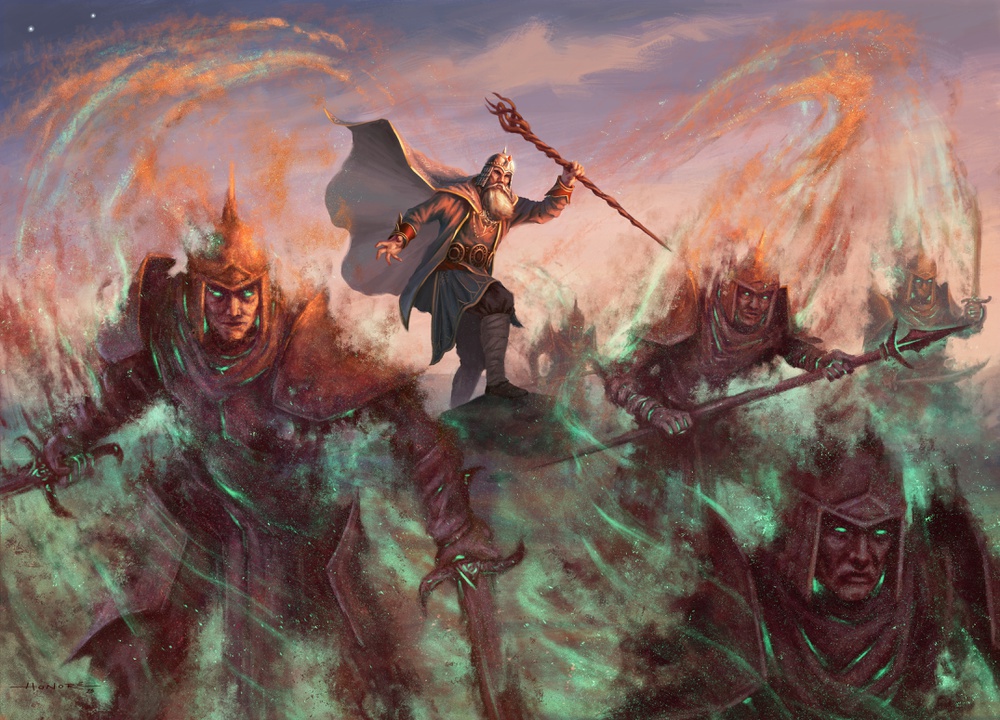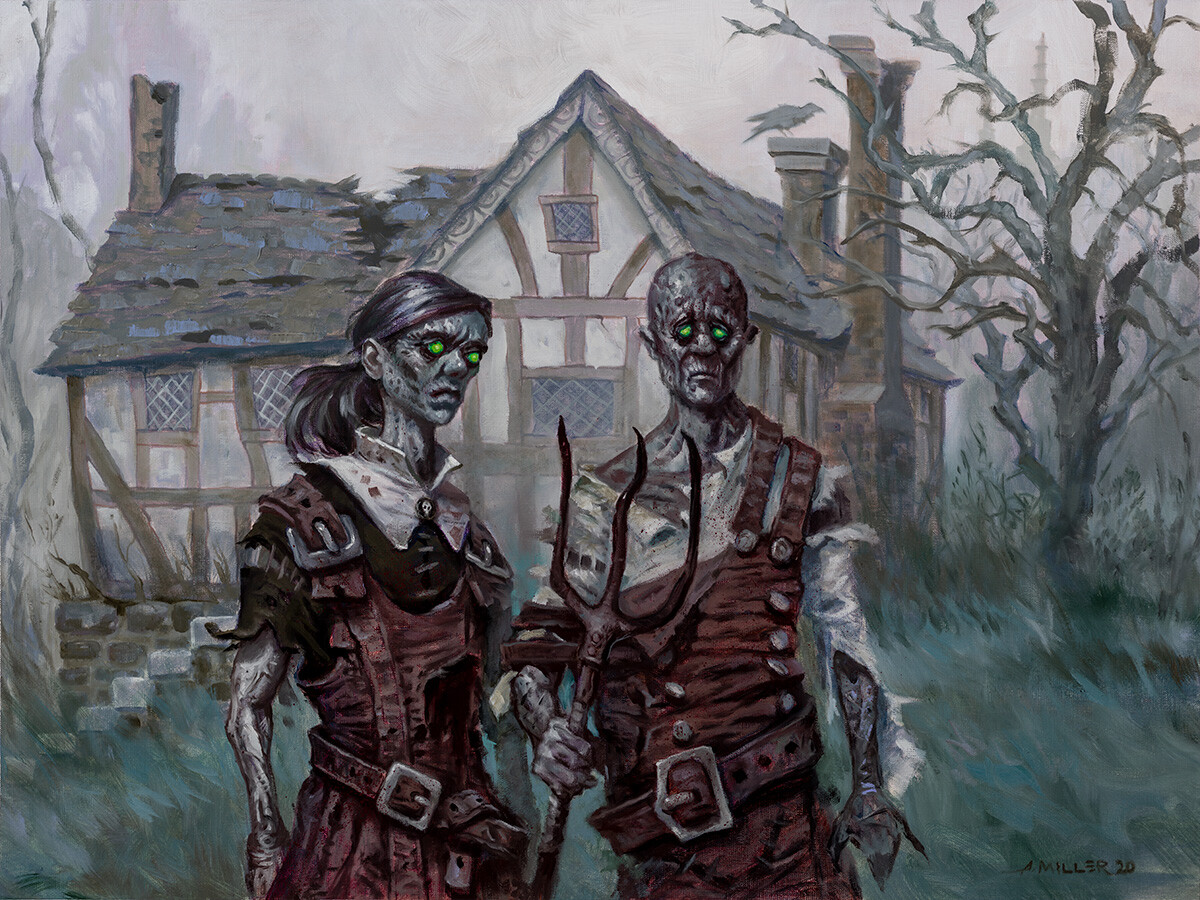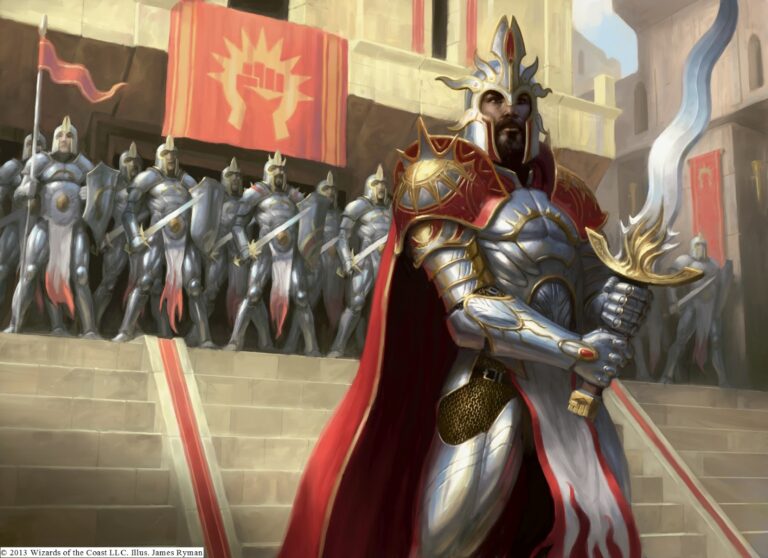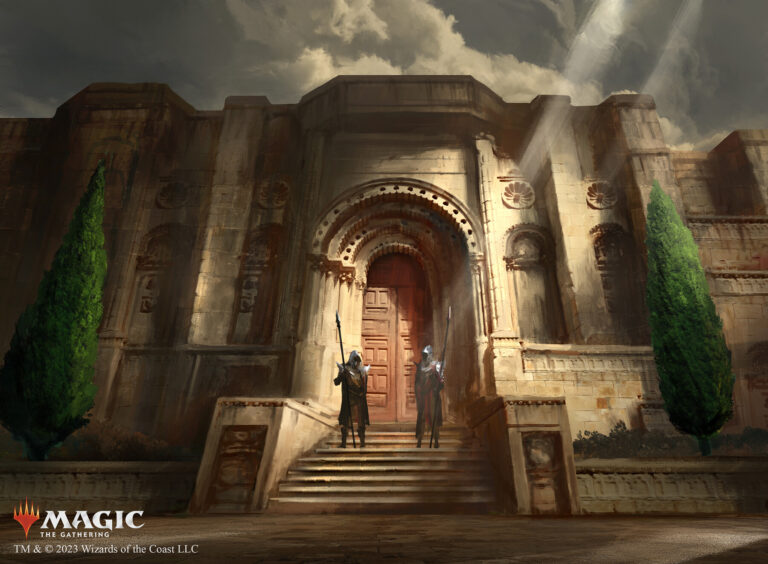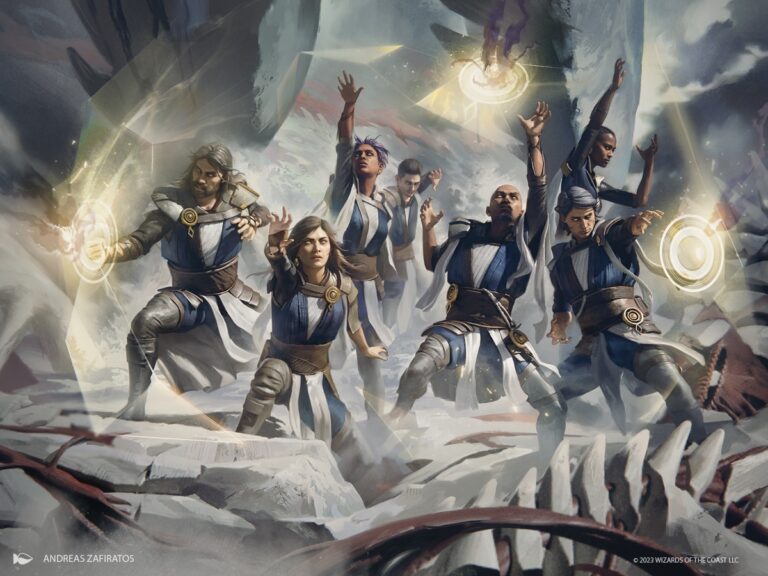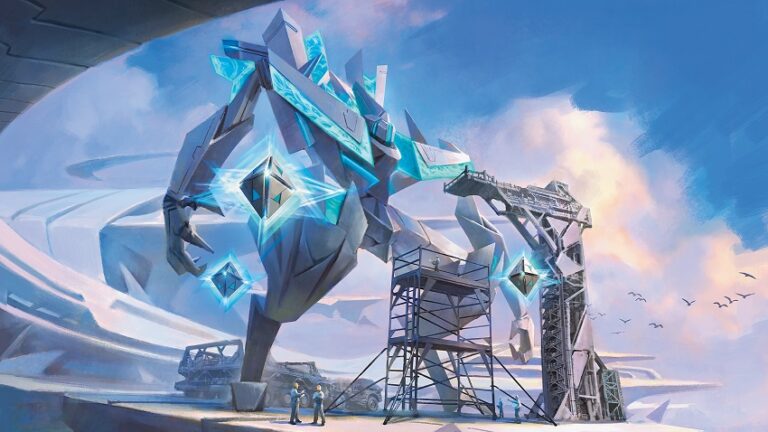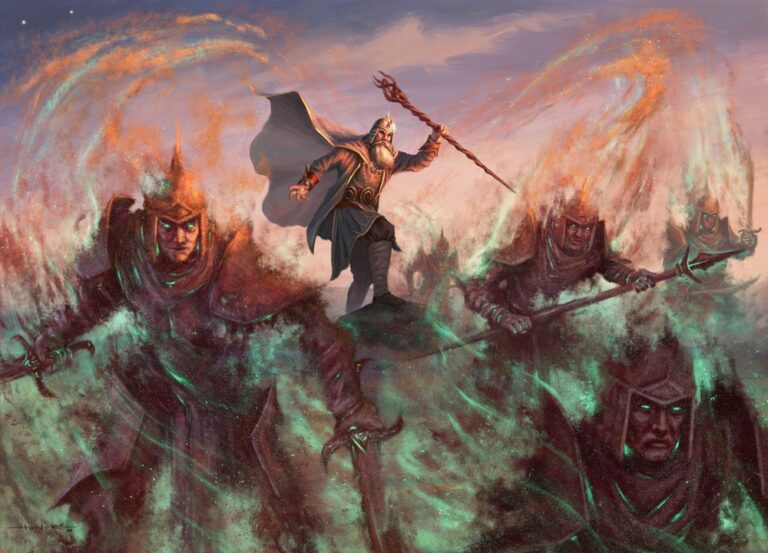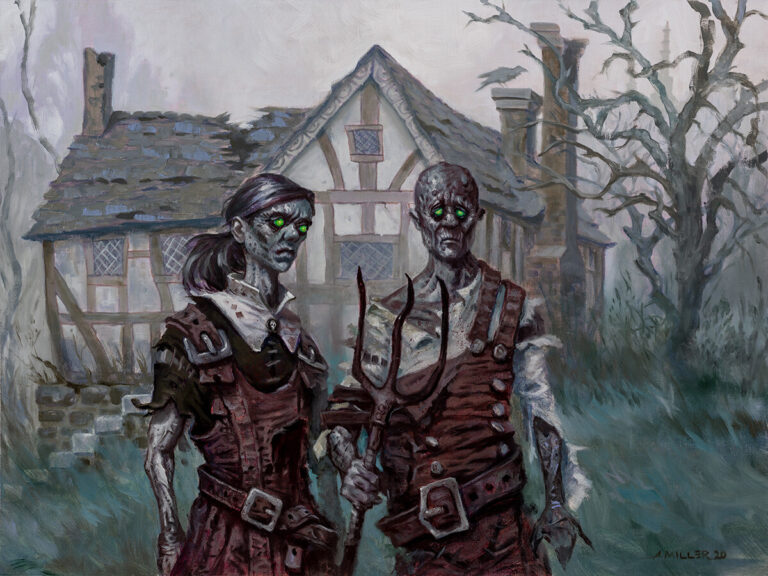Hello! I’m Valentino Manicone, one of the guys from the committee.
Today, I want to share a Tivit decklist that might just change the way you think about this commander.
Why should you listen to me?
You don’t have to.
But if you find yourself in any of the following categories, this article might be right up your alley:
- You have a particular fondness for the number 6.
- You enjoy catching your opponents off guard with unconventional cards.
- You’re simply looking to have a great time playing Magic.
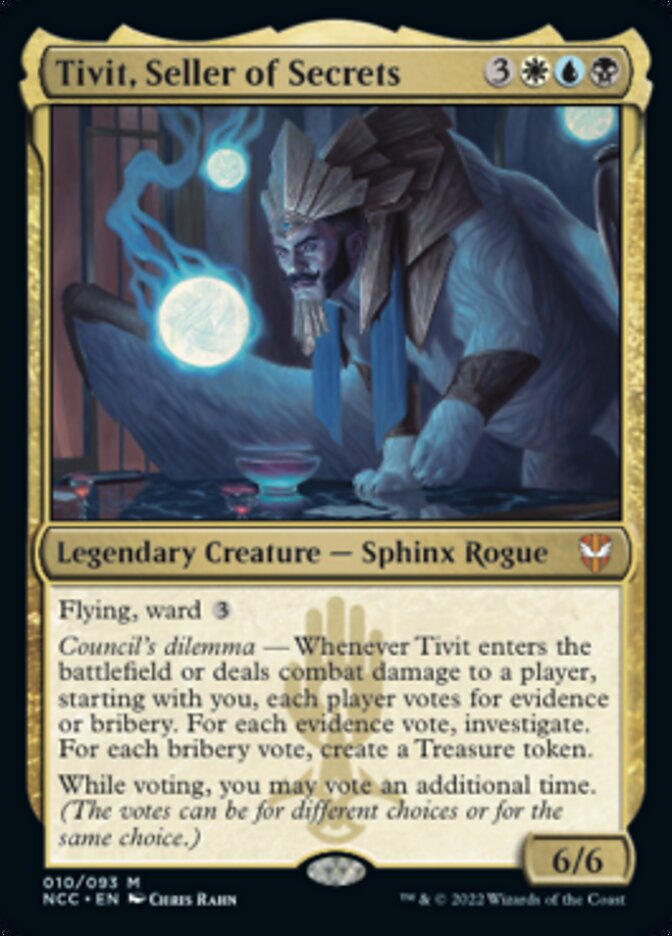
One of the deck’s standout features is the sheer fun it delivers. Personally, I believe it’s one of the most enjoyable decks I’ve ever played. While enjoyment is subjective, I can confidently say I had an absolute blast during the last event.
In fact, I piloted this deck at the Classicum in Rome (LEVEL 2, 47 players) on July 7th, where I secured first place after the top 8 matches, thoroughly enjoying every single game.
I hope I’ve piqued your interest and that you’ll stick around to check out this exciting decklist!
Deck structure
In my playgroup, we had long toyed with the idea of crafting an artifact-centric version of the deck. We began by exploring the synergy between Tivit, Seller of Secrets and Time Sieve, and this exploration eventually led to the final decklist I used in the tournament.
The artifact suite in Centurion offers significant potential, and the Esper color combination allows us to leverage some of the best tutors in the format. Tivit, with its 6/6 flying body and ward 3, has the power to close out games when it enters the battlefield at the right moment. Admittedly, there will be times when dealing damage is difficult due to flying blockers like the Thopters from Breya, Etherium Shaper or Loyal Apprentice. But don’t worry—we have strategies in place to handle these challenges and are prepared to face any opponent.
To craft the list I’m sharing today, we started with a base Tivit control deck and streamlined it by removing less essential elements to make room for key pieces typical of this archetype. While the Tivit and Time Sieve combination is a well-known strategy in multiplayer formats, it’s quite unique in Centurion.
The deck revolves around three primary strategies:
- Get Tivit on the field as soon as possible.
- Play Time Sieve with Tivit in play.
- Resolve the Grindstone + Painter’s Servant combo.
These strategies work in tandem, allowing you to adapt your game plan based on the situation and your hand. The rest of the deck is tailored to support one or more of these primary goals, with the flexibility to pursue all three within a single game.
To achieve this, roughly 25% of the deck consists of artifacts, with a mana curve that emphasizes spells and permanents costing 1 or 2 mana. This setup includes artifacts for mana acceleration, tutors, and support spells to protect and enhance our strategies.
In most matchups, the primary objective is to cast Tivit before turn 6. Thanks to its Ward 3 ability we can say that a fast Tivit has got hexproof and can slow down aggressive decks that might otherwise land crucial damage. For the “fast Tivit” approach, there are no strict rules—if you can get Tivit onto the battlefield on turn 3 (yes, it’s possible), 4, or 5, you should take the opportunity. However, against control decks that interact with the stack, you’ll need to exercise caution and wait for the optimal moment to deploy your sphinx.
The pressure Tivit exerts on your opponent allows you to advance one of the other strategies simultaneously. While your opponent tries to handle Tivit, you can focus on implementing your other plans. Mastery of this deck requires familiarity with its archetype and experience with the cards. Approaching this deck like a traditional Tivit control build might lead to numerous small decisions that can significantly influence the game’s outcome. Managing your opponent’s board differs slightly from the norm. With this deck, you can afford to dip into low life points and then execute a combo out of nowhere—a crucial consideration when managing your resources.
The deck’s design and numerous tutors make the classic Painter’s Servant + Grindstone combo a viable strategy, allowing us to incorporate it seamlessly. Generating fast mana and creating treasures with Tivit enables us to play the combo in a single turn while still having enough mana to protect our plan.
To provide insight into the deckbuilding process, I’ll take a comparative approach by analyzing the differences between the version I brought to LEVEL 2 and one of the deck’s earlier iterations.
Here are some key differences:
- Cards to control opponent’s hand: initially, we didn’t include these, but after just a few games, we realized how crucial it is to know what’s in the opponent’s hand. It helps prevent unexpected combos and remove potential answers to our strategies. We then looked at what to cut to make room for these cards. Consequently, we removed less effective cards like Spellskite and Retrofitter Foundry. The latter was initially included because we thought it was a good choice for “land-go” strategies and to increase the number of artifacts to sacrifice for Time Sieve, but it turned out to be ineffective within the deck’s strategy.
- Aether Spellbomb instead of Preordain: after a particularly harsh defeat against Yoshimaru, Ever Faithful, I decided to add an extra response for situations where we need more time.
- Drown in the Loch / Sink into Stupor instead of Remand / Eiganjo, Seat of the Empire: since one of the deck’s goals is to attack with Tivit, we want to avoid running into a wall that blocks our path. Hence, Drown in the Loch and Sink into Stupor seem like more versatile choices.
- Urza’s Cave: useful for fetching Urza’s Saga (when we need a specific artifact at CMC 1 or to create a construct) or Cavern of Souls.
- Godless Shrine: given that the deck is primarily Dimir with a splash of white, having this land for fetching didn’t seem essential. We opted for Waterlogged Teachings instead. Although I still have some doubts about this change, an extra tutor can be beneficial, allowing us to fetch cards like Force of Will when needed.
- Shorikai, Genesis Engine and Karn, Scion of Urza: these cards initially seemed to fit well with the deck’s plans but ultimately occupy space in the curve we’re not fond of and take up slots better used for cards that synergize with our strategy.
- Tribute Mage: although it can fetch Painter Servant, a rock, or Winter Orb, it proved unnecessary in testing.
- Lotus Petal, Jeweled Amulet, Pentad Prism: one of the main strategies is to play Tivit as soon as possible in many matchups. Notably, Pentad Prism acts as a mini Dark Ritual, which can be sacrificed with Time Sieve, Reshape, or Transmute Artifact, and helps us reach three artifacts to enable Mox Opal.
- Just like with the white-black shockland, Ancient Den has also been cut. We’ve opted for Cactus Preserve instead. One of the deck’s many secondary plans is to attack with an additional 6/6 creature, possibly on an extra turn. In the following image, you can see the mana production and colored costs according to Moxfield.
Gameplan
A key synergy of the deck is with Time Sieve. When Tivit enters the battlefield, it creates 3 artifacts immediately. Let’s break down the math:
- When Tivit enters and resolves its trigger, if we already have 2 other artifacts, we reach a total of 5. This means we can activate Time Sieve and gain an extra turn.
- On the extra turn, if we can deal damage with Tivit, we’ll have 3 more artifacts plus Time Sieve. We only need to play one more artifact to reach 5 artifacts on the board, allowing us to activate Time Sieve and sacrifice itself.
Is the combo over? Is it deterministic? No, the combo doesn’t guarantee a win 100% of the time, but it opens the door to many scenarios.
The described situation assumes that
- Time Sieve is already on the battlefield
- or that Time Sieve is cast without using Tivit’s treasures in the same turn Tivit enters.
Rarely is the first scenario the correct approach.
So let’s consider a more coherent scenario with the optimal strategy:
- We cast Tivit, which resolves and creates 3 artifacts. We pass the turn.
- Our opponent fails to deal with Tivit and has no blockers.
- We untap, attack and create 3 more artifacts. We play Time Sieve and sacrifice 5 artifacts, leaving 1 artifact plus Time Sieve on the board.
- On the new turn, we attack again and create 3 more artifacts. At this point, having just one more artifact in play is enough to avoid sacrificing Time Sieve and gain another extra turn.
We haven’t mathematically win, but with additional artifacts, it’s easy to achieve multiple consecutive extra turns, leading to victory. Moreover, having extra turns allows us to find more artifacts to fuel the combo (for this purpose, Tezzeret the Seeker and Urza’s Saga are our most reliable companions) and exploit the advantage in various ways.Non abbiamo chiuso matematicamente, ma se a questa situazione di gioco aggiungiamo altri artefatti, facilmente arriveremo ad avere diversi turni extra consecutivi, riuscendo ad ottenere la vittoria. Inoltre, avere turni in più permette sia di avere tempo per trovare altri artefatti con cui poter alimentare la combo (per questo scopo Tezzeret the Seeker e Urza’s Saga sono i nostri compagni più fidati) sia di riuscire a sfruttare il vantaggio in altri modi.
Synergies
The deck isn’t limited to the three main strategies but is enriched with numerous combos and synergies. Here are some of the most interesting combinations that can make a difference:
- Urza, Lord High Artificer / Moonsnare Prototype / Metallic Rebuke + Winter Orb: helps against control matchups or situations where we have Tivit on the battlefield and the opponent is tapped out. With Winter Orb in play, we can limit the opponent’s mana access, maintaining control of the game.
- Lavaspur Boots + Tivit, Seller of Secrets: we want to get Tivit out quickly and make it fast! With the boots in play, just using one of Tivit’s treasures to equip and attack for 7 is enough.
- Shadowspear: hitting our opponent for 7 damage means dealing 21 commander damage in 3 turns—one turn less than usual. Additionally, Shadowspear allows Tivit to “ignore” flying blockers (certainly not Atraxa, Grand Unifier) and to regain life when we’re low against aggro decks or due to The One Ring.
- Regarding The One Ring, we have ways to remove it from the battlefield, not just with Teferi, Time Raveler, but also with Time Sieve, Reshape and Transmute Artifact.
- Teferi, Time Raveler + Pentad Prism / Mox Opal: being able to return one of these artifacts to our hand opens up several interesting scenarios.
Tutors
How many tutors should we include?
Enough to worry about Opposition Agent.
The consistency of the deck is largely due to the presence of tutors. Here they are:
- Spellseeker: To fetch other tutors for artifacts and potential answers like Counterspell or Damn.
- Trinket Mage: To fetch an artifact land, Mox Opal (and similar), Lavaspur Boots, Shadowspear, Grindstone, Aether Spellbomb, Nihil Spellbomb, Portable Hole, Moonsnare Prototype, Expedition Map.
- Urza’s Saga: Mox Opal (and similar), Lavaspur Boots, Shadowspear, Grindstone, Aether Spellbomb, Nihil Spellbomb, Expedition Map.
- Muddle the Mixture: For Time Sieve, Winter Orb, Tainted Pact, Counterspell, etc.
- Waterlogged Teachings: To fetch Force of Will and manage Tivit more easily, or for Enlightened Tutor / Tainted Pact or any other answer.
- Reshape / Transmute Artifact: Usually used at the final moment to fetch the piece that gives us an advantage or directly leads to a win.
- Enlightened Tutor: To access every artifact in the deck (including the two lands) and the two enchantments Parallax Wave and Urza’s Saga. Typically, control decks let this tutor resolve with the idea of countering the next spell. Fetching Urza’s Saga allows us to disrupt the opponent’s plans and create an advantage.
- Profane Tutor / Tainted Pact
- Expedition Map: Urza’s Saga, Cavern of Souls, Otawara, Soaring City, Wasteland, and any other land we might need.
- Urza’s Cave: Usually for Urza’s Saga and Cavern of Souls.
Matchups
From our testing, the deck is capable of competing with the current meta. It has a lot of tricks up its sleeve to get out of even the most desperate situations.
One of the most challenging matchups is against control decks. It can happen that we don’t have the right spells to protect Tivit when it enters the battlefield. In such cases, it becomes difficult even to make progress. To improve our chances, we might mulligan for a hand better suited for this matchup.
A card to watch out for is Opposition Agent, which can shut down two of the deck’s strategies and might even prevent us from playing Tivit by denying us fetch lands.
Always keep these weaknesses in mind before making any decisions.
Acknowledgments
I want to thank all the members of my team who, despite not being able to attend the event, continued to cheer me on. Special thanks to Mauro Sulpizi, who supported me throughout the preparation for the event, with whom I discussed the deck list for months, and who gave me advice on how to play the deck.
This version can not only be competitive but also extremely fun to play. The deck’s versatility, variety of strategies/combo, and ability to adapt to most situations make it a solid choice.
There’s still much more to explore about this deck, but I hope I’ve managed to spark some interest.
Thanks for reading and enjoy playing AffiTivity!
Written by
Valentino Manicone

